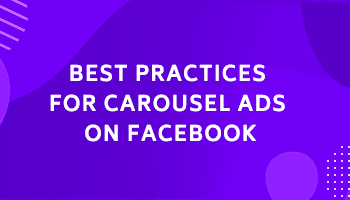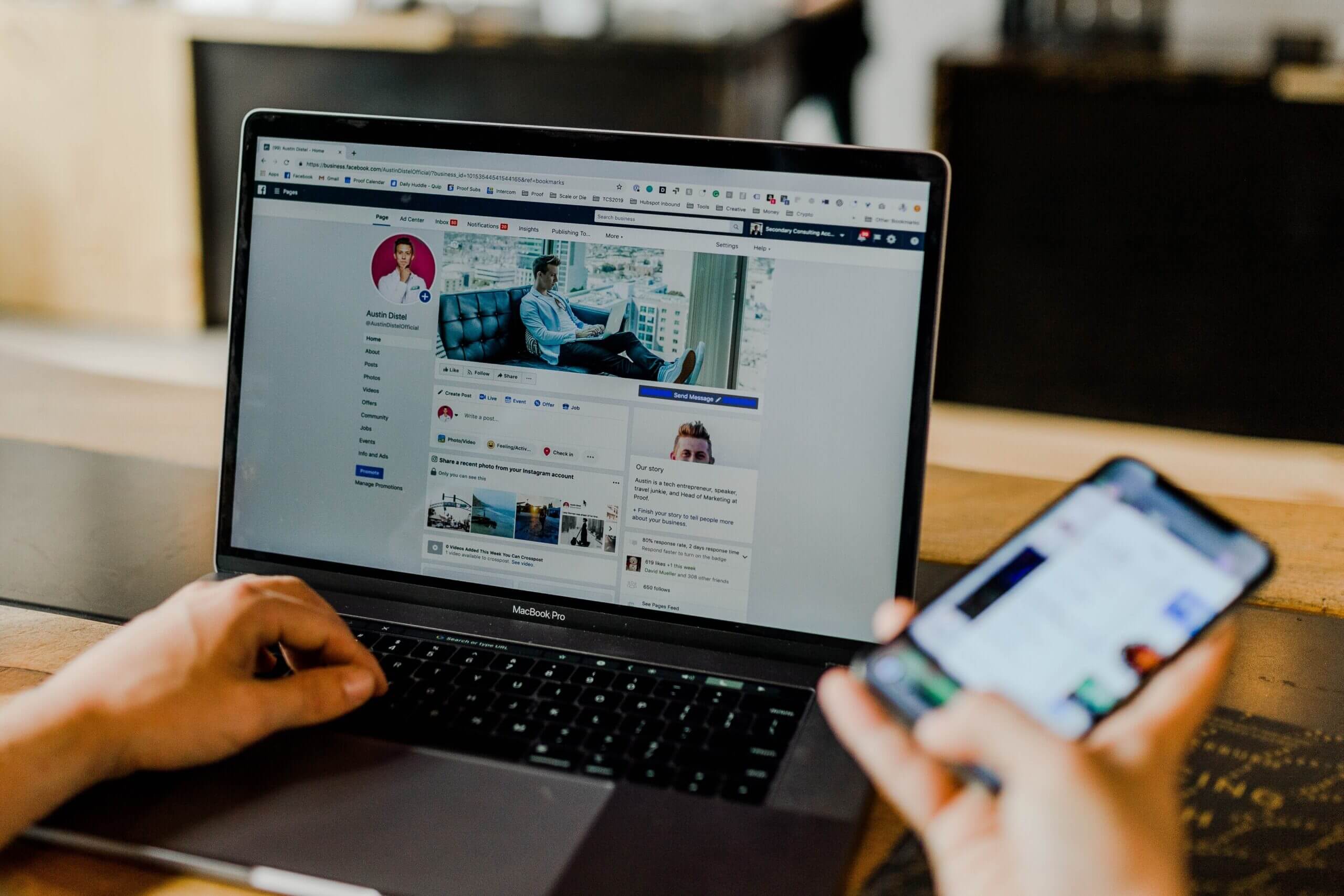How to use Facebook ads to generate more leads
- Last Updated : August 17, 2023
- 2.3K Views
- 8 Min Read
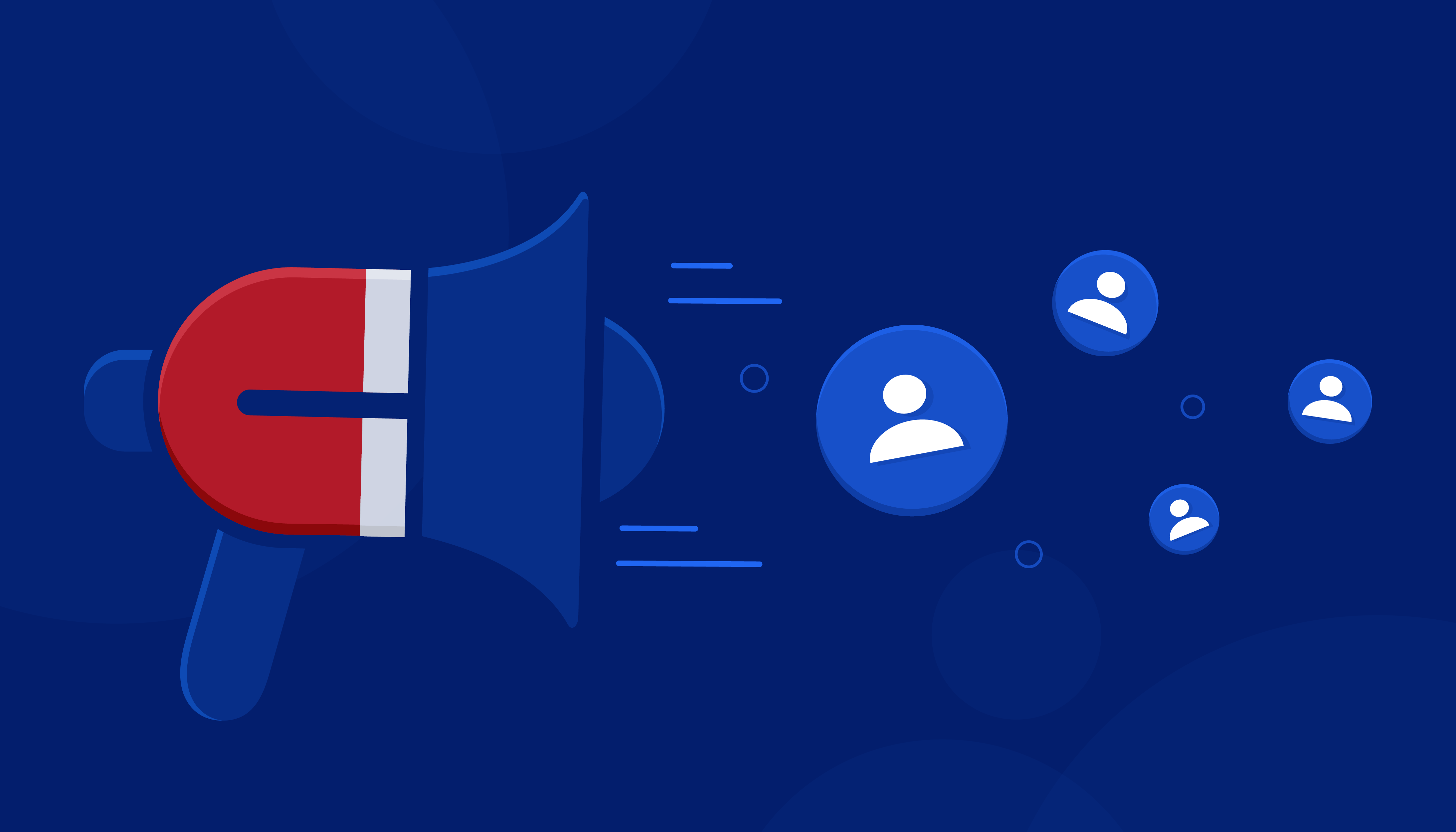
This is a guest post from Gavin Bell, the founder of lead generation agency, Yatter. He's an award-winning entrepreneur, speaker and works with brands across the world helping them to grow through Facebook advertising & conversion rate optimisation. His work has been featured on the likes of the BBC, Virgin.com, Huffington Post & Social Media Examiner.
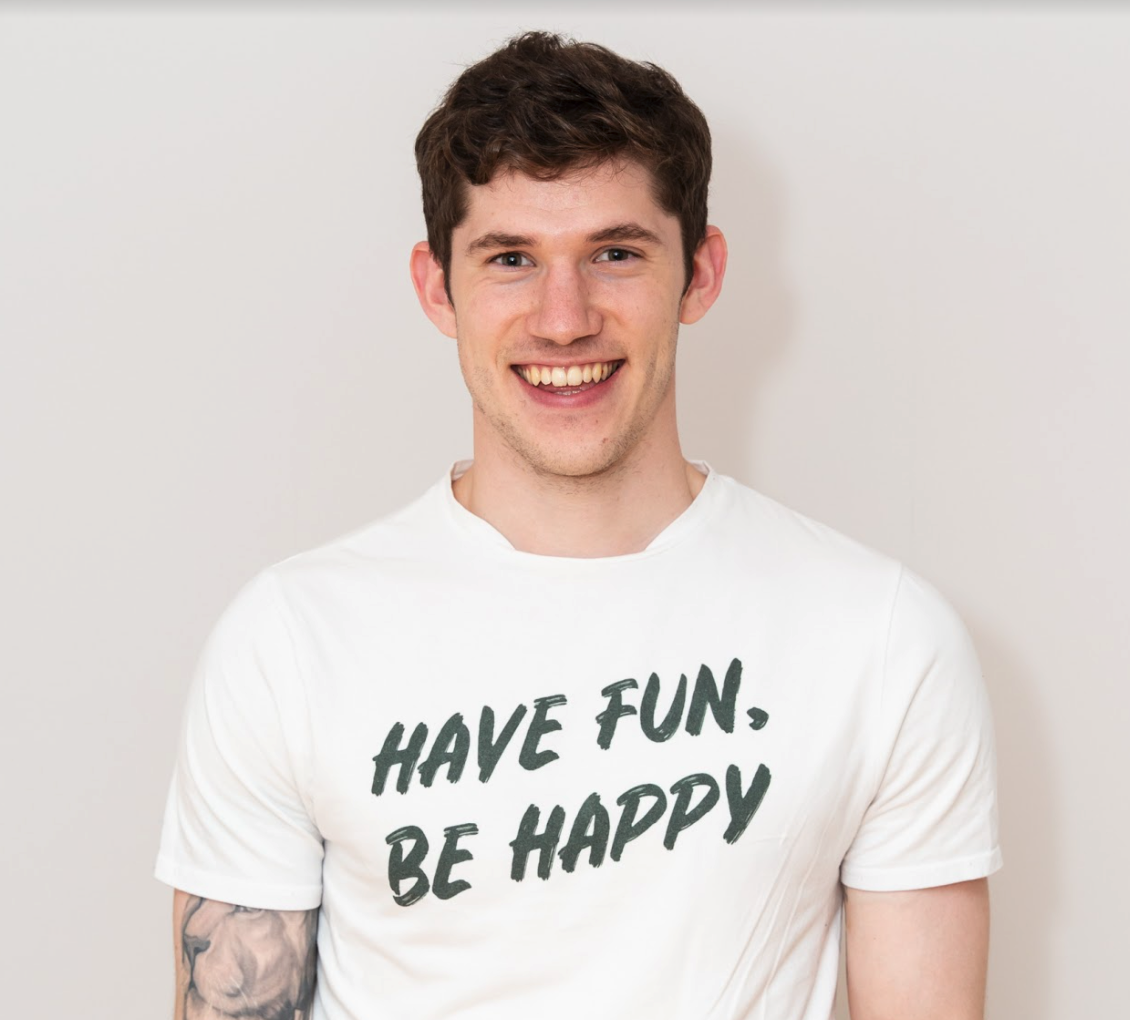
Looking to generate more leads for your business? Facebook advertising can be one of the most effective ways to generate leads quickly and profitably. In this article I’ll walk you through three key steps that will ensure your Facebook advertising efforts generate the returns you’re after.
Step One: Create a compelling offer
The first step in generating leads with Facebook ads actually has nothing to do with advertising on Facebook.
Before creating any campaign on Facebook, it’s important to take a few steps back first.
Often business owners jump to creating their campaign on Facebook without spending enough time on the most important thing: creating an offer people actually want.
The reality is, no matter how well your campaigns are set up, they will never work if you’re promoting something that people don’t actually want.
Before anything else, spend time crafting something that you know people want.
How to create an offer people actually want
You go to Youtube.
You click on the video you want to watch, and… an ad appears! What do you do?
You skip it, right?
Nobody likes ads.
Which means, as advertisers and business owners, we’ve got to create something so special that it captures the attention of the consumer quickly and compels them to take action.
So - how do you do that?
There are two key things to consider.
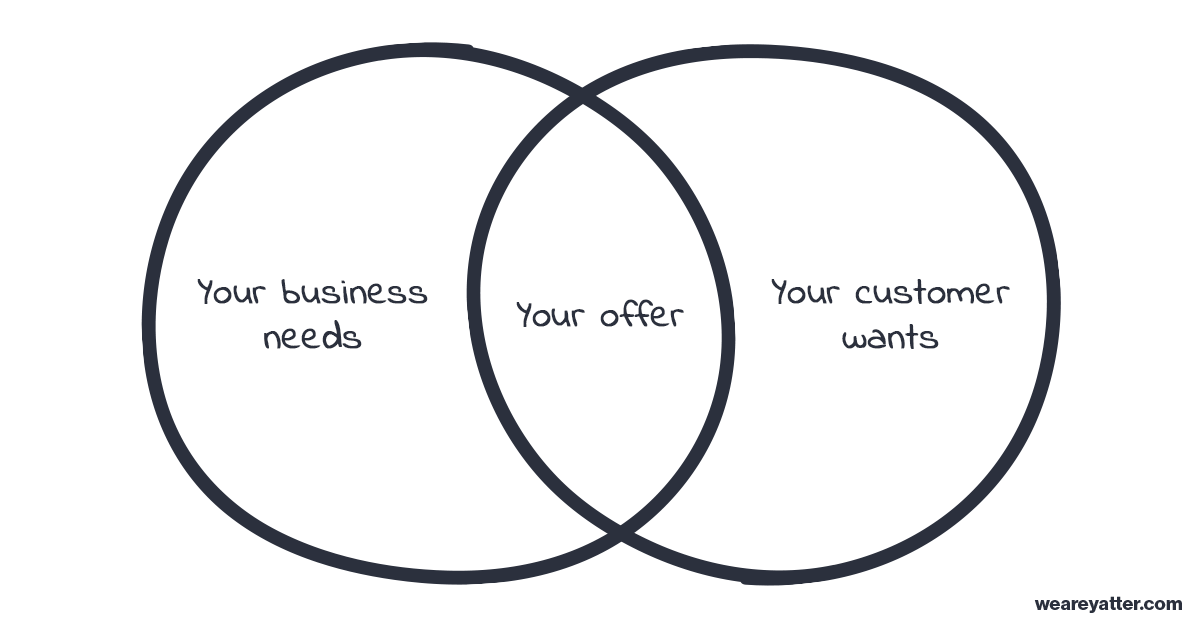
1. What do your customers actually want?
The most important thing to think about is: what do your customers actually want? It’s all well and good creating a funnel or an offer that you think they want, or that you think might work… but you need to go a step further.
Sit down with your team and list down all of the different questions your customers have asked you: whether through the phone, through conversations, emails or social media.
Then break those questions down into problem categories (problems they’re facing that you can solve).
Once you’ve done that, filter it down to the top 3 problems. The goal here is to figure out what your customers actually want.
2. How does that fit into your sales process?
Once you’ve filtered down all the problems to just 3, it’s time to think about how they will fit into your sales process.
It’s all well and good promoting a great offer, but that offer has to be relevant to your business and has to bring people into your sales process.
For example, giving away a free iPad could be perceived as a great offer. But giving away a free iPad isn’t going to attract your perfect customer - it’ll attract a heap of irrelevant people too.
So look at the top 3 problems and think about which one fits most naturally into your sales process. If someone took you up on that offer, would you be able to move them naturally into a purchasing conversation?
Step Two: Create a landing page
Once you’ve crafted an offer and you’re sure it’s something people will actually want, it’s time to create a landing page to promote it.
Another common mistake we see business owners make is creating ad campaigns that point to a page on their site that isn’t optimised for conversions, such as the homepage.
When you do this, you might be able to generate some results, but it’s by no means optimal.
When driving traffic to a page, it’s important to pay attention to the conversion rate (how many people visit the page vs how many people take the action you want them to take).
When you direct traffic to a page that hasn’t been built with the sole focus of driving a conversion, the conversion rate (and thus results) will be much lower.
The 7 Key Elements To Effective Landing Pages
There’s a number of things that may impact the conversion rate of a landing page, but here are the top 7.
Compelling Title/Sub Title – The header and subheader is the first thing people will see when they land on your page. You only have a matter of seconds to make an impact and entice them to read further. That means you need to grab their attention fast & pique their curiosity. Make your titles benefit-driven. Tell them what’s in it for them.
Image/Video – Trust is everything when it comes to landing page performance. Therefore it’s good to include an image or video of yourself, your office or team to introduce yourself to the person viewing the page. It allows them to see, hear and listen to you.
Enticing Sales Copy – If you’ve piqued their interest with your title, they’re going to read the rest of your page. This is a great opportunity to continue laying out the benefits of taking the action you want them to take. Use bullet points to make it easy and clear to see.
Compelling Call To Action – The most important part of the landing page is the call to action. What action do you want them to take? Is it to purchase? Download something? Enter their information? You need a clear, compelling call to action.
All Important Info Above The Fold – The “fold” on a web page is the point where users have to scroll down to see more. You want all the important information on the landing page to be above the fold. The headline, the video and the call to action button should all be visible when someone first lands on the page.
Include Social Proof – It’s vital to include social proof, in the form of testimonials, case studies or logos, on your page to build trust. Add whatever you can.
No Exit Links – Quite often I’ll see advertisers send people to a landing page that has numerous links on it. Landing pages should be designed for only one action. Every other link you have on your page is an opportunity for the person landing on it to click somewhere else.
Step Three: Create your ad campaign
Once you’ve crafted your offer and you’ve created a landing page that is optimised for conversions, it’s now time to build your ad campaign.
A Facebook ad campaign is broken down into three different levels:
The campaign
Ad sets
Ads
Campaign Level
The campaign level is where you choose which objective you’d like to use when running the campaign. At the time of writing this, there are 11 different objectives you can choose from, but the main ones I recommend are:
Conversions - If you’re looking for someone to take a specific action, choose the conversion objective. In order for the conversion objective to work you need to spend a little bit of time setting up the Facebook pixel and conversion events.
Traffic - If you’re only interested in driving traffic to a blog, for example, traffic is the best way to drive the cheapest links.
Video views - If you have video content you’d like to promote, video views is best. This can be particularly useful if you’re trying to build video retargeting audiences.
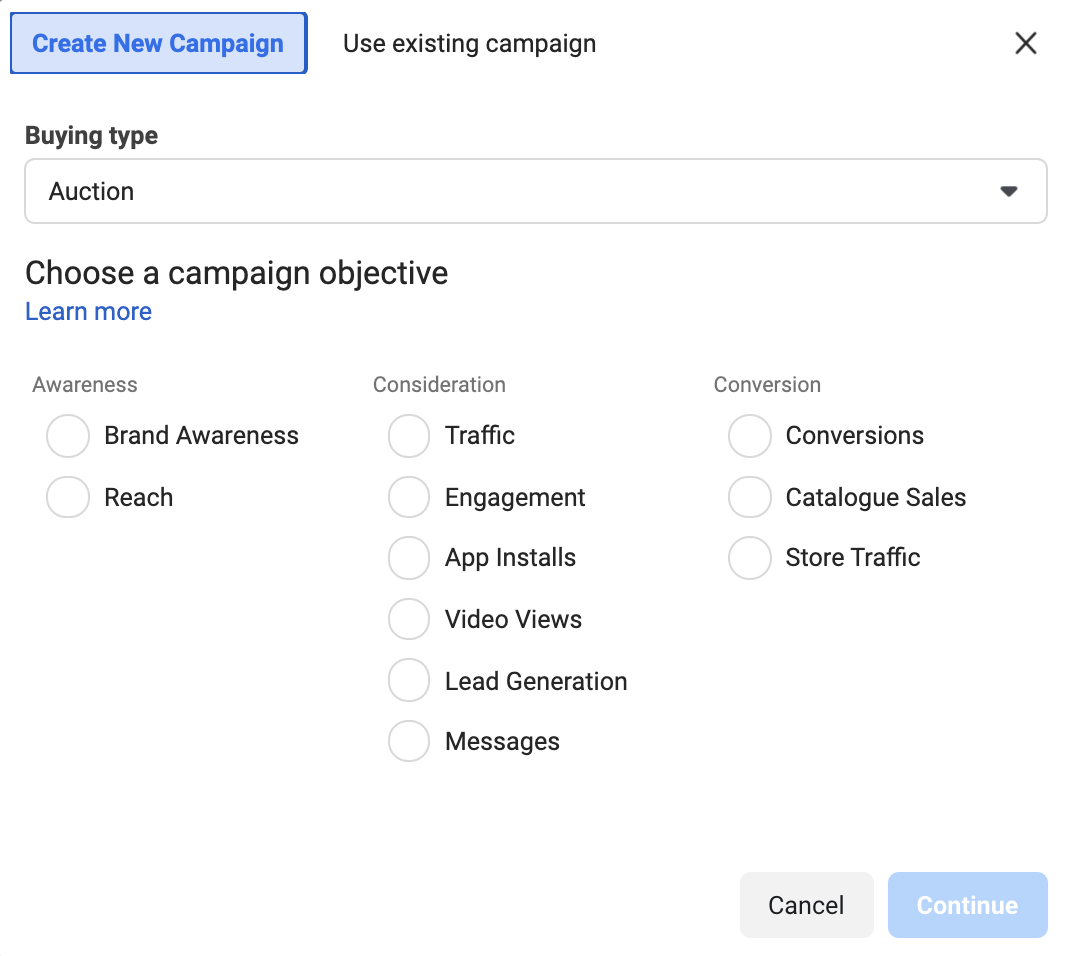
The objective you choose is very important. Essentially, when you select an objective, you are telling Facebook what you’re trying to achieve.
If you select traffic, Facebook will serve your ads to people who it thinks will click on your ad. If you select conversion, Facebook will look for people that are more likely to convert - and it knows who is best based on their huge amounts of data and machine learning.
Ad set level
Once you’ve selected your objective and created your campaign, you’ll be taken to the ad set level. This is essentially where you select how you want your ads to run, and that includes things such as:
Audience - I’m sure you can guess, this is where you select which audience you’d like to target. Facebook’s targeting capabilities are incredibly vast and you can choose from a range of demographics, interests and behaviours.
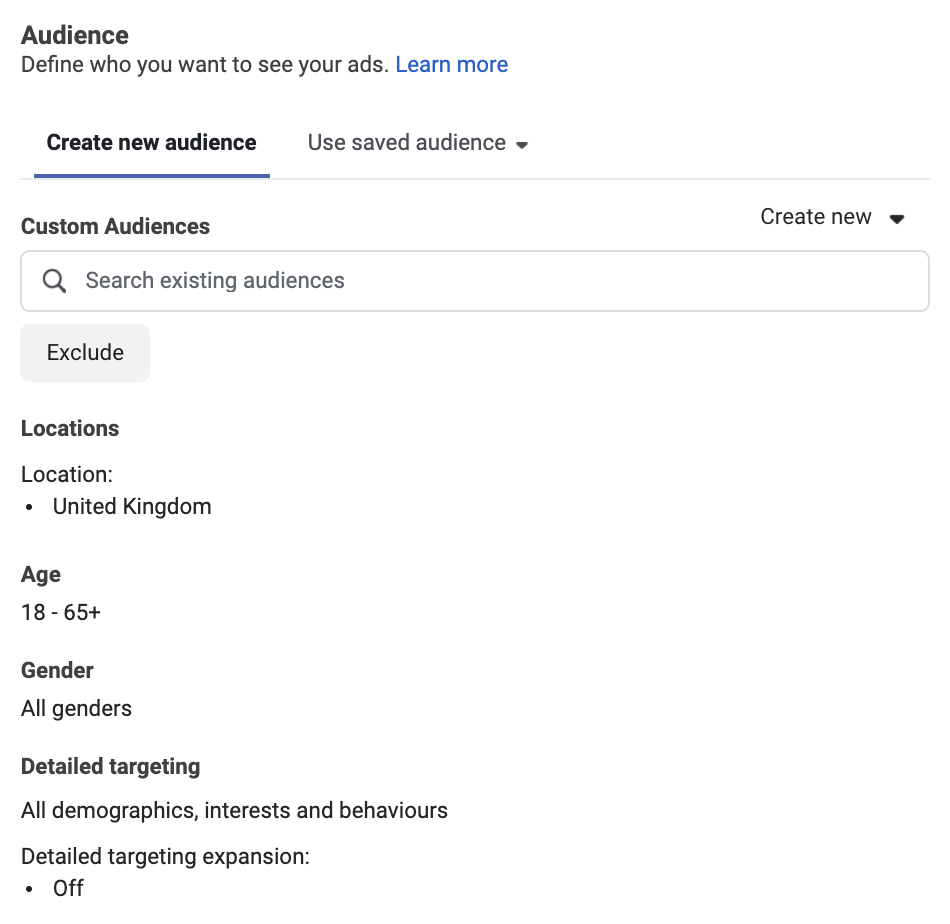
Placement - This is where you select where you want your ads to be run. When creating a Facebook ad campaign, you’re able to run your ads on Facebook, Messenger, Instagram and more. When creating a campaign you can set your placements to be “automatic” (recommended) or you can manually select where you want your ads to run.
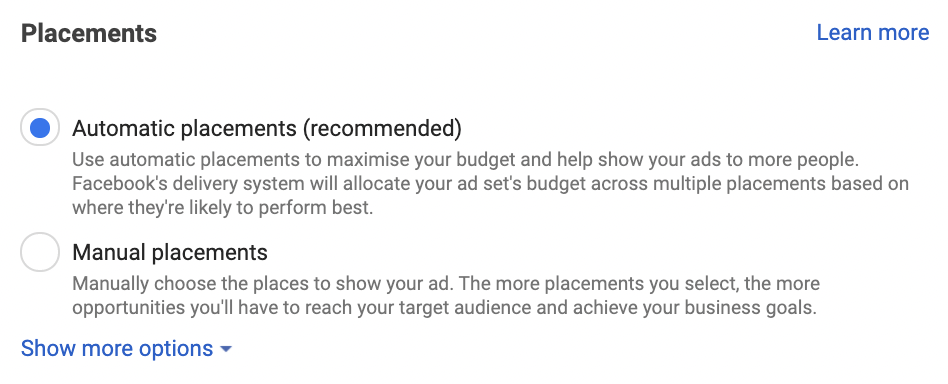
Ad level
Finally, it’s time to create the ads people will actually see in their feed!
When creating a Facebook ad there are a few main things you need to pay attention to:
Ad format - This determines the type of ad that’ll run. You can either choose to run with a single image, video, carousel or a collection ad.
Ad creative - The ad creative is the image/video section of the ad. This is the thing that people will see first and it has to be eye-catching.
Headline - The headline is the bolded text underneath the image/video.
Primary text - This is the text above the image/video. This is where the majority of your copy should be.
Website URL - It goes without saying this is where you add the link you want people to click on. This will be the landing page you created above.
Description - This is where you can include additional information relating to your offer. It’s important not to solely add important information here as sometimes this text won’t be visible.
CTA button - Finally, choose the call to action button that you’d like to appear on your ad.
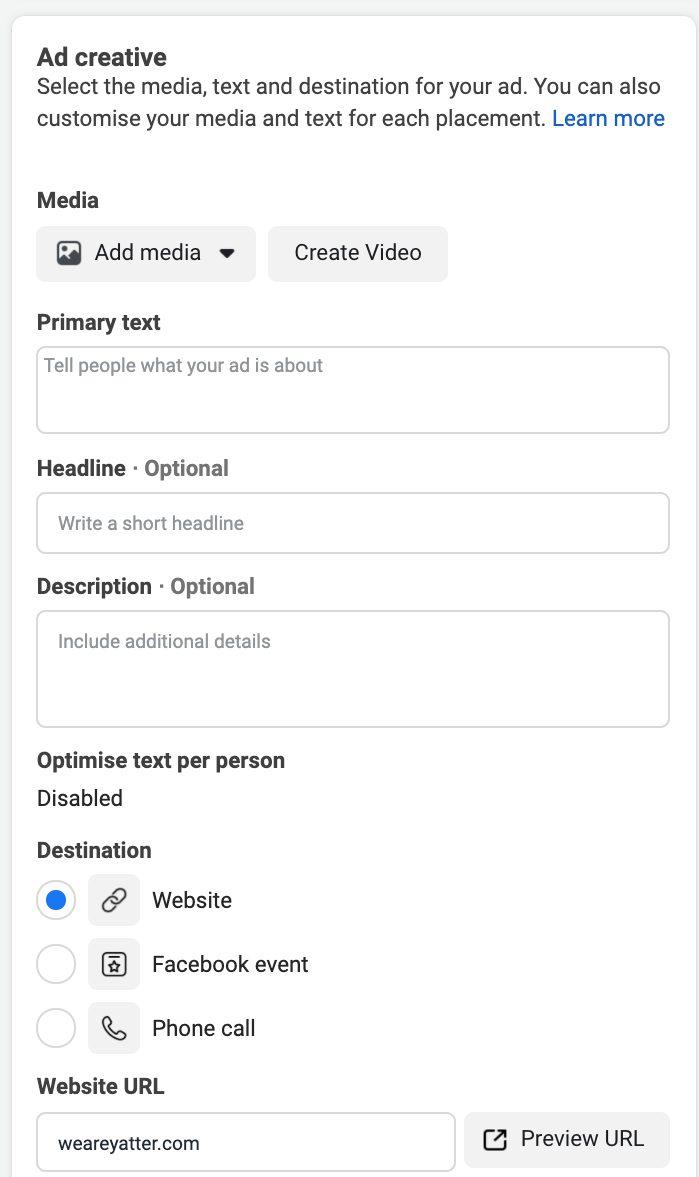
Once you’ve worked your way through all of that, you can hit publish and watch your ad go live, knowing you’ve set it up in a way that gives it a great opportunity to succeed and bring in high quality leads.
That’s a wrap!
There we have it, a simple three-step process to ensure you actually generate leads from your advertising efforts.
Remember though - when it comes to lead generation via Facebook ads, don’t just seek to generate the cheapest leads. It’s almost important to generate high-quality leads. By ensuring you spend time on crafting a compelling offer and landing page before you build your ad campaign, you are setting yourself up for the best chance of success.
Drop your thoughts! Let's get conversational.
 Ashwin
AshwinMarketer by day and writer/poet by night! I get the dopamine rush when my thoughts are put down as words or poems. A person with big time OCD (Obsessive Cinema Disorder).

